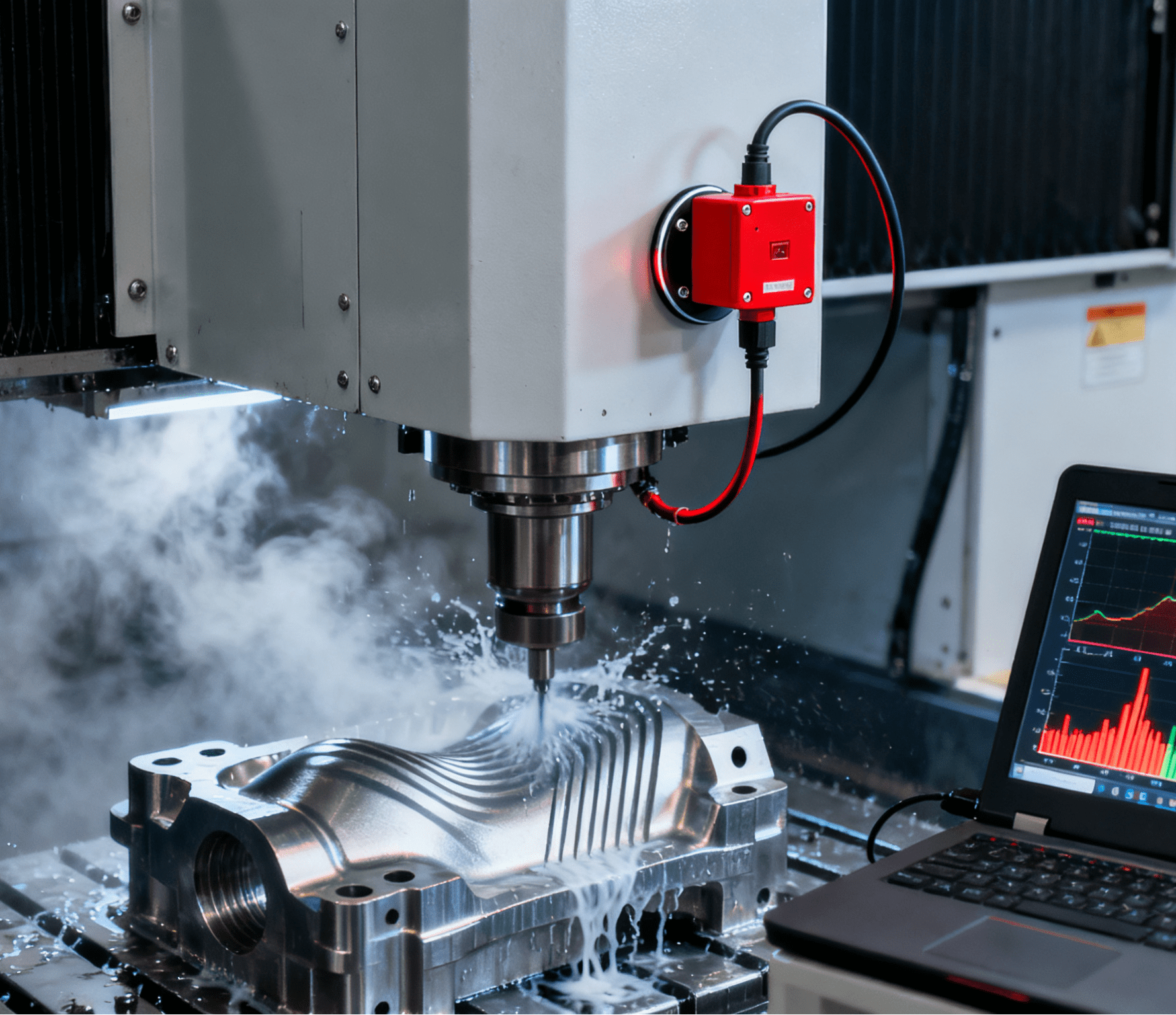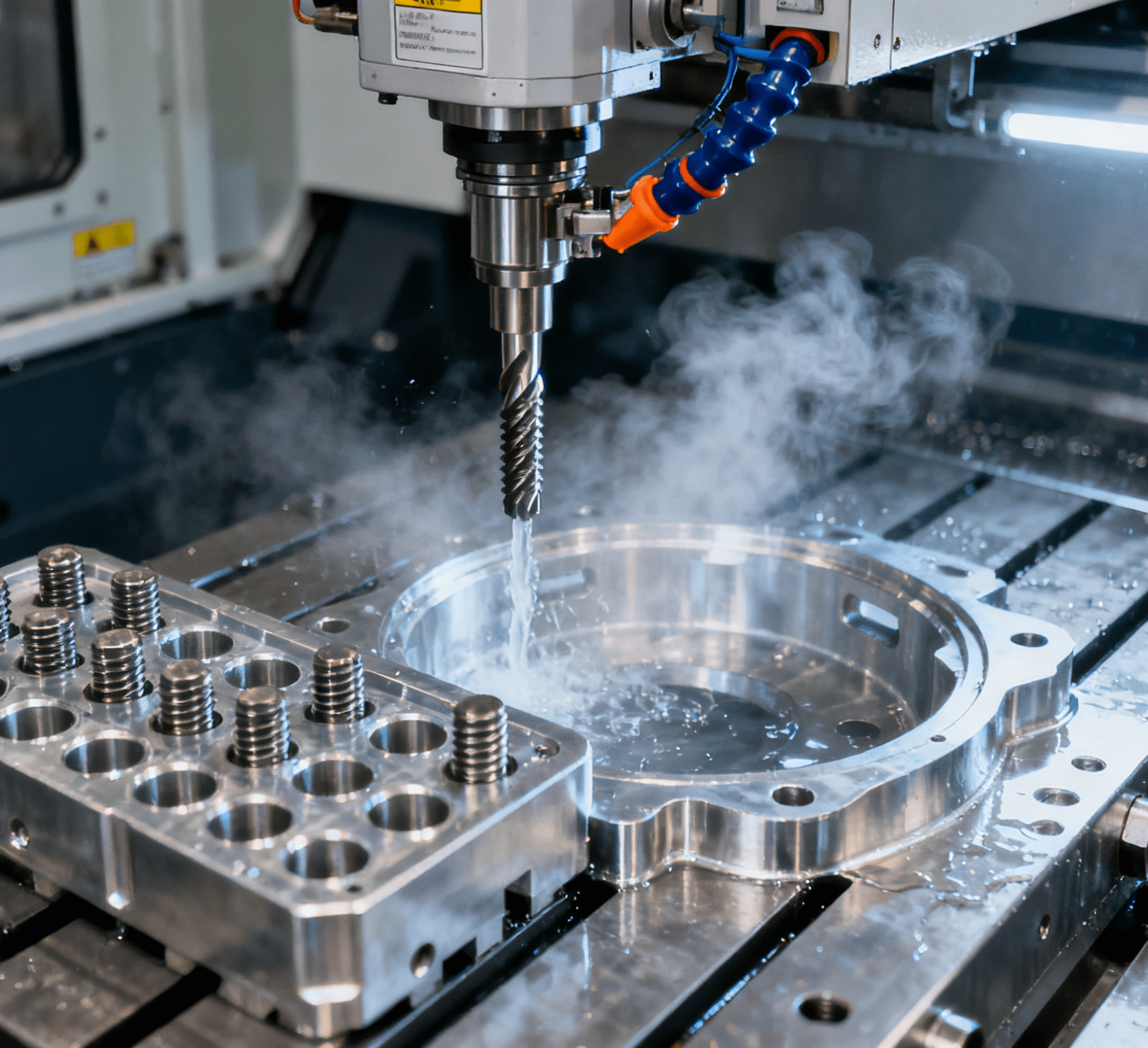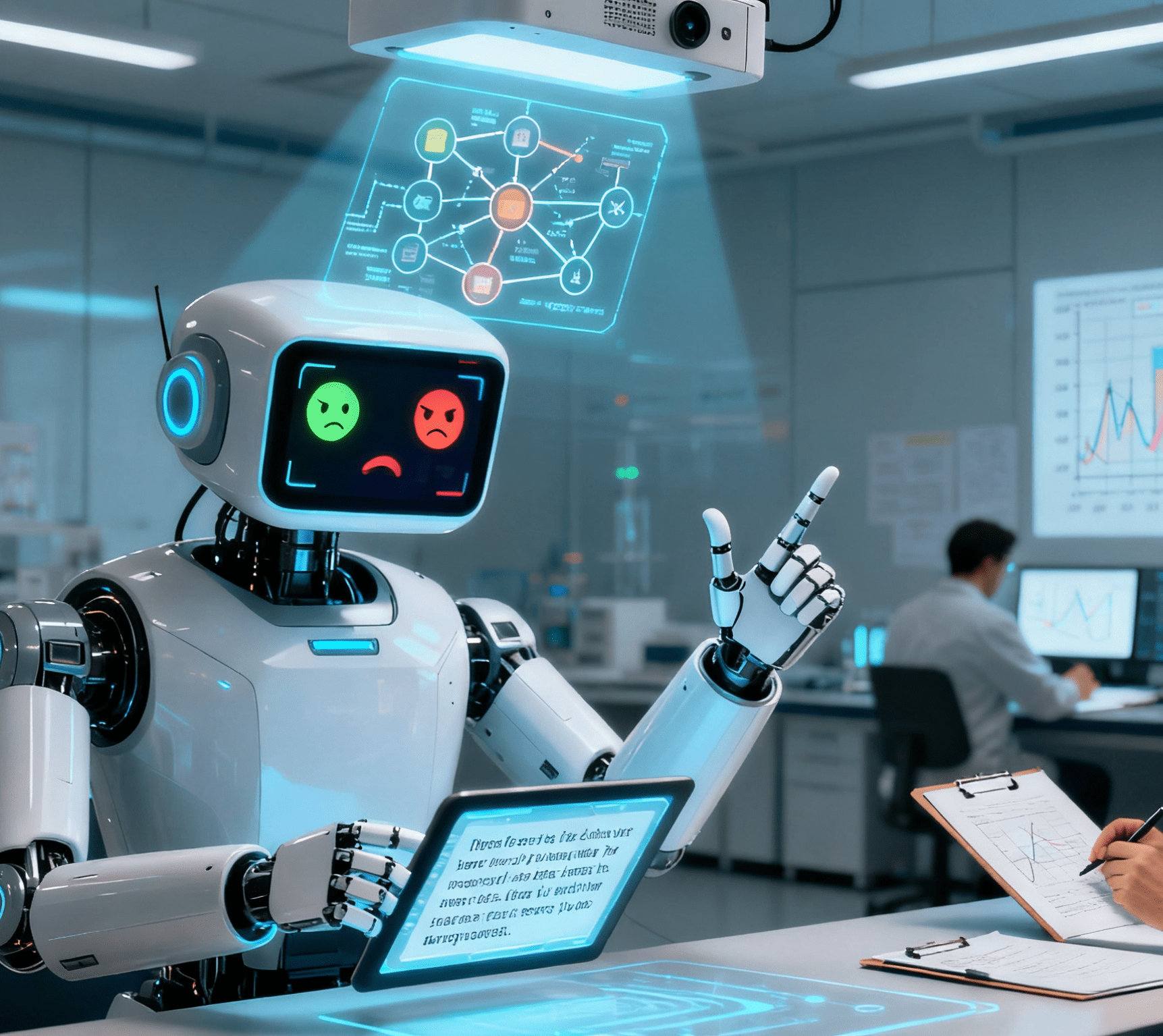The Rise of Machine-to-Machine Intelligence: Why AI Needs to Communicate with Itself—and What Happens When It Does

In an era dominated by intelligent automation, where industrial automation and automation equipment are reshaping global industries, the integration of artificial intelligence (AI) has become the cornerstone of operational efficiency. Nowhere is this more evident than in the supply chain and logistics sector, where complex systems demand seamless coordination across materials, personnel, and data. As the industry increasingly adopts AI to optimize processes, a new frontier is emerging: machine-to-machine (M2M) intelligence, or AI-to-AI (A2A) communication. This capability is not just a technological curiosity—it is rapidly becoming essential for unlocking the full potential of intelligent automation in industrial settings.
This is the first part of a five-part series on AI-to-AI communication. In Part 1, we will discuss the necessity for artificial intelligence to communicate with itself and the implications of this capability. Subsequent parts will cover protocols for AI conversations, the importance of context in multi-agent AI interactions, the impact of these technologies on enterprise and governance, and the ethical considerations and standards for AI-to-AI coordination.
The Supply Chain Landscape: A Catalyst for A2A
The supply chain and logistics industry thrives on complexity. From global procurement and multimodal transportation to inventory management and demand forecasting, every operation relies on the synchronization of diverse elements. Traditional workflows, often burdened by manual interventions, struggle to keep pace with real-time demands. This is where intelligent automation—driven by AI—steps in, promising to streamline decision-making and enhance efficiency.
A key development in this transformation is machine-to-machine intelligence, which enables AI systems to communicate directly and coordinate tasks without human intervention. Known as AI-to-AI (A2A) communication, this capability is revolutionizing how supply chains operate, particularly as organizations deploy multiple specialized AI models to handle distinct functions:
- Demand forecasting modelsleveraging historical and market data
- Procurement modelsfor supplier evaluation and negotiation
- Computer vision modelsfor warehouse inspections and quality control
- Route optimization modelsfor transportation planning and logistics
Why Supply Chain AI Must Communicate Internally
No single AI model can manage the entirety of supply chain operations. For example, a delay in shipment requires seamless coordination between forecasting models, supplier communication tools, and delivery schedulers. Manual intervention in such scenarios is not only inefficient but also prone to errors. A2A communication addresses this by enabling AI systems to:
- Share intent: Clarify objectives (e.g., resolving a delay, optimizing inventory).
- Exchange context: Relay historical data and recent actions (e.g., past disruptions, resolved issues).
- Align constraints: Factor in operational limits (e.g., warehouse capacity, transportation deadlines).
- Validate confidence: Assess the reliability of shared information (e.g., accuracy of forecasts, precision of computer vision insights).
This goes beyond traditional API integration. A2A enables semantic interoperability—a shared language that allows AI models to understand not just data, but the logic and purpose behind it. For instance:
- A maintenance model detects a potential equipment failure.
- It alerts a scheduling model to reallocate labor.
- It queries a parts inventory model to prioritize repairs.
- All actions are coordinated in real time, minimizing downtime and optimizing resource use.
Use Cases for A2A in Logistics
- Disruption Response
When a delay or incident occurs—such as a port strike or weather-related disruption—A2A systems can automatically update demand forecasts, reroute shipments, and reallocate warehouse resources. This reduces reliance on human oversight and ensures rapid, consistent responses.
- Multi-Agent Planning
Digital twins of supply networks, which simulate end-to-end operations, require multiple AI models to synchronize their simulations. A2A communication ensures that each model’s data (e.g., transportation costs, inventory levels) is integrated coherently, providing accurate insights for strategic planning.
- Autonomous Procurement
An AI model tracking material price fluctuations can trigger a contract negotiation model to renegotiate supplier terms. Simultaneously, it can inform an inventory optimizer to adjust buffer stock levels—all without human intervention.
In these scenarios, humans set the parameters (e.g., budget limits, sustainability goals), but AI systems handle the granular coordination, freeing teams to focus on high-value decisions.
Key Elements of A2A Communication
Effective A2A relies on four foundational elements:
- Semantic Interoperability: Shared definitions for terms like “lead time,” “inventory turnover,” or “carbon footprint” ensure models interpret data consistently.
- Task Attribution: Clear identification of each model’s role (e.g., “I handle route optimization,” “I manage supplier relationships”) prevents duplication and confusion.
- Context Sharing: Transferring decision history (e.g., “This route was previously delayed due to roadwork”) allows models to refine future actions.
- Role Recognition: Awareness of each model’s authority (e.g., “This model has final approval for urgent reorders”) ensures accountability and compliance.
The Road to Standardization: A2A Protocols and MCP
The development of A2A protocols is underway, with collaborations between leading AI developers (e.g., OpenAI, Anthropic, Google DeepMind) and standards organizations (e.g., Frontier Model Forum). While no universal standard exists yet, efforts are focused on creating interoperable frameworks that support enterprise-scale AI communications—particularly in regulated industries like logistics and manufacturing.
A critical companion to A2A is the Model Context Protocol (MCP), which standardizes the recording of task history, tools used, and decisions made. In logistics, MCP enables:
- Traceability: Documenting why a route was rerouted or a supplier was chosen.
- Continuity: Ensuring smooth handoffs between planning models (e.g., forecasting) and execution systems (e.g., warehouse automation equipment).
- Auditability: Supporting compliance with regulatory requirements (e.g., GDPR, ISO standards).
Outlook for Intelligent Automation in Logistics
As industrial automation and automation equipment become more sophisticated, the role of A2A communication will only grow. Inventory management models will communicate with procurement agents in real time. Compliance models will alert logistics schedulers to regulatory changes. AI-driven control towers will integrate insights from dozens of specialized tools, creating a unified ecosystem of intelligent automation.
The future of supply chain efficiency will not hinge solely on the capabilities of individual AI models but on their ability to collaborate. In Part 2 of this series, we will delve into the technical standards behind A2A communication and how shared protocols are enabling AI systems to operate as cohesive, autonomous teams—paving the way for a new era of industrial automation.




















